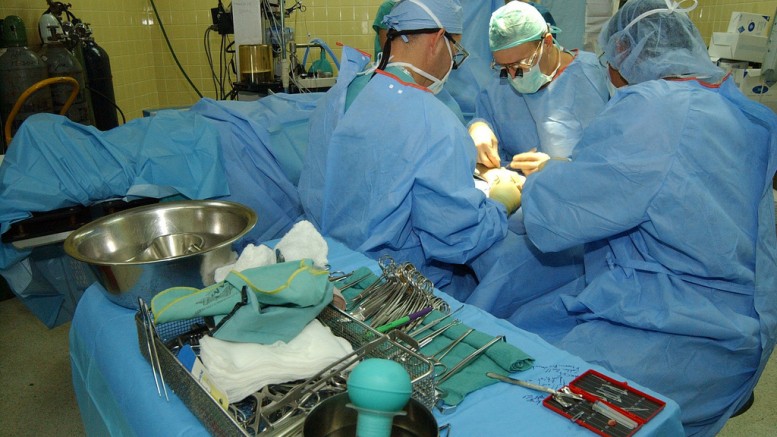Many surgical methods can relieve hip pain. Sometimes, multiple hip surgery procedures are performed during one operation. Knowing these procedures before the intervention can help reduce stress and confusion.
Hip Surgery: Open and Arthroscopy
No matter what kind of surgery you need, the hip surgeon in Melbourne must first obtain access to the hip joint. They can either choose an Open or Arthroscopy technique.
Open surgery requires a longitudinal incision, usually about 7 inches. During the operation, the hip will slide out of its proper position (and then return to its original position). Open hip surgery allows the surgeon to repair the surface of the internal hip joint.
In Hip Arthroscopy, the surgeon inserts special small surgical instruments and cameras through several small incisions (the size of the ear) to get close to the hip joint.
For elective hip surgery for bruises or pain caused by sports injuries, arthroscopic surgery is required. The recovery time of surgery depends upon the performance of surgery. In most cases, open surgery takes longer in hospitals and crutches. The hip surgeon in Melbourne will choose between open surgery and arthroscopic surgery based on many factors (such as the Procedure performed, the patient’s medical history, and preferences). For hip pain that does not help with traditional treatments, your doctor may recommend hip surgery. If you have hip problems, surgery can save many lives. The two most common types of hip surgery used to treat orthopedic hip diseases focus on maintaining or replacing the hip joint. Each of these categories contains many surgical procedures and techniques.
Hip Joint Protection
This type of procedure aims to improve the existing hip joints. It is usually recommended for patients with significant damage to the hip joint cartilage or hip joint structure or anatomy changes. Still, it is not sufficient for hip replacement. This operation is usually done using minimally invasive techniques to make recovery faster. When a patient needs a mild operation, there is severe pain and mobility problems, inability to rest, ice and Heat therapy, anti-inflammatory drugs, injections, and exercise therapy. Existing thighs can be treated to improve function and reduce symptoms. Surgeons will try to preserve the cartilage and the hip joint lining to delay the need for hip replacement surgery. In many cases, hip-sparing surgery can repair the injury or injury well to restore good function for many years.
Hip Replacement Surgery
Patients are usually advised to undergo hip replacement surgery Suffering from severe arthritis or hip joint damage that prevents it from performing daily activities and leading a fulfilling life. This type of surgery involves removing and replacing damaged parts of the hip joint that have irreversible damage. Over 300,00 hip surgeries are performed in the Melbourne area each year. This surgery is usually used for patients whose hip less traumatic surgical methods cannot solve joint problems. Anterior approach or posterior approach. As the name suggests, the anterior approach is to approach the surgeon by making an incision in the front of the thigh. In this case, the damaged joints can be removed without removing the muscles and replaced with artificial implants. This is a more complicated surgery method, but because fewer injuries require later treatment, it allows the patient to return to work more quickly. Incision in the buttocks, separate the gluteus maximus and separate and fix the thigh rotator. Then replace the femur and part of the cavity with artificial bone made of ceramic, plastic, or metal. The best method depends on your hip problems and overall health.
